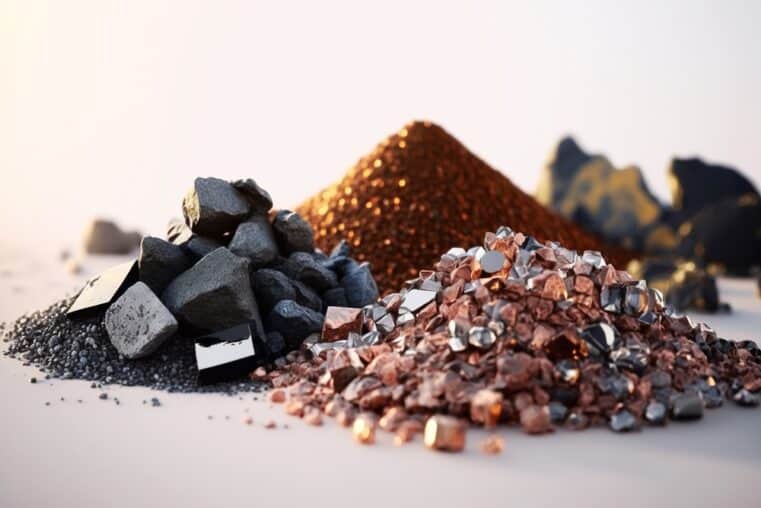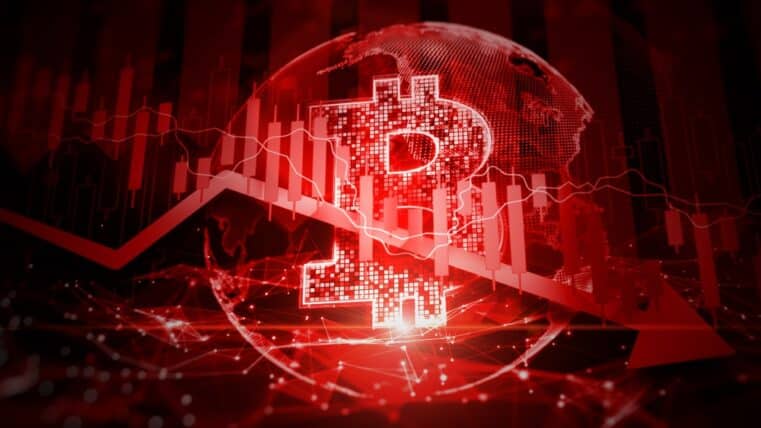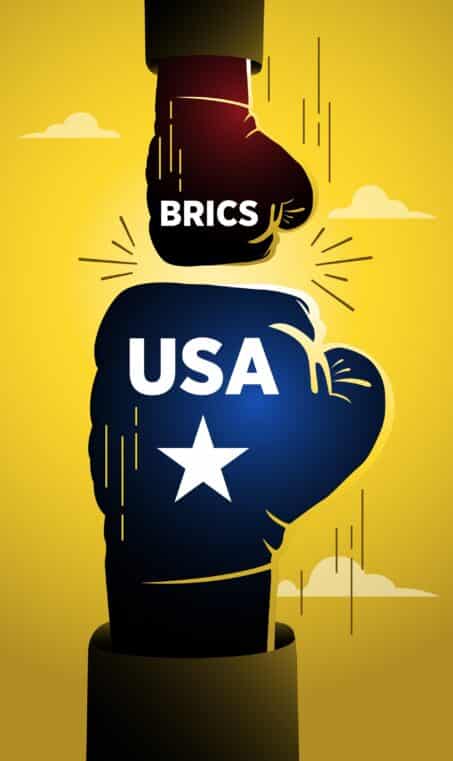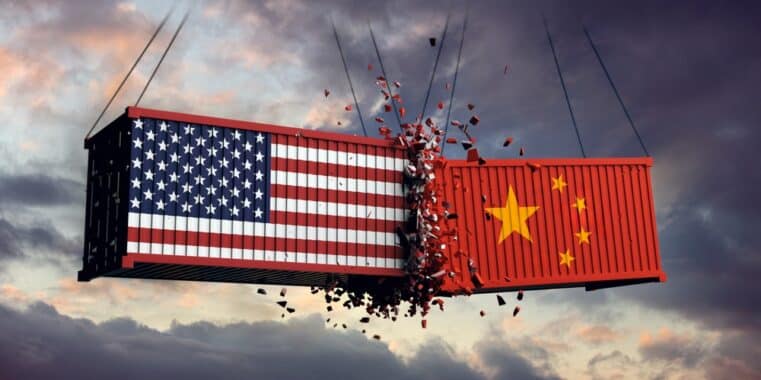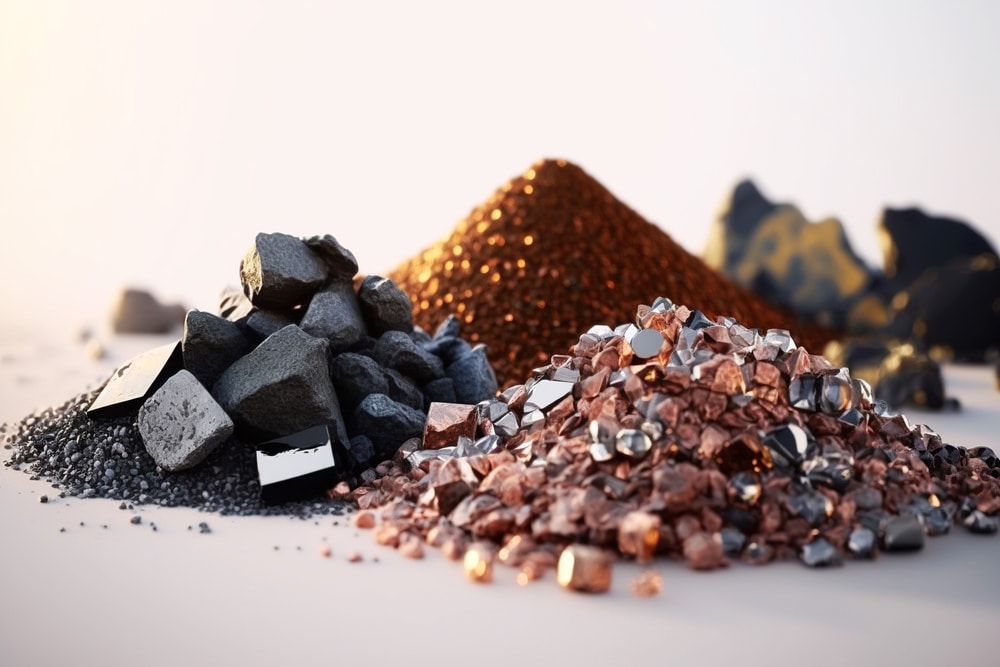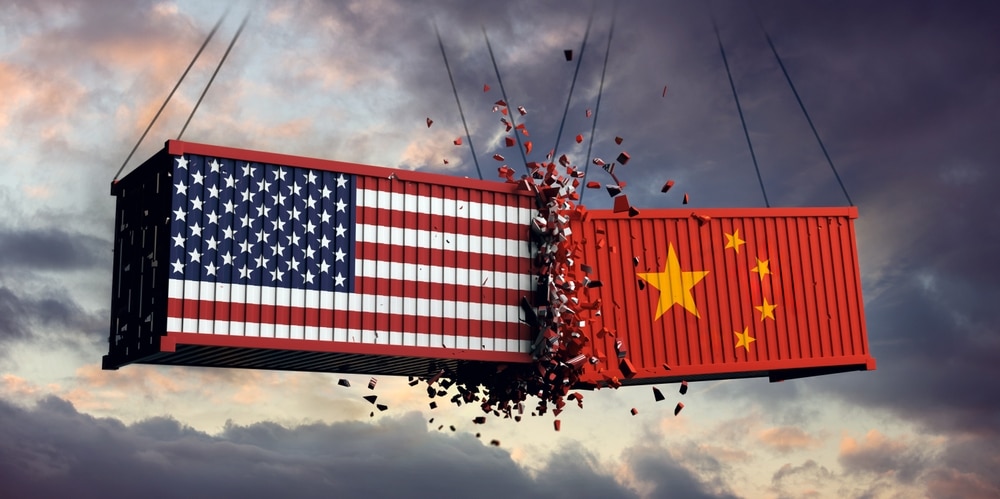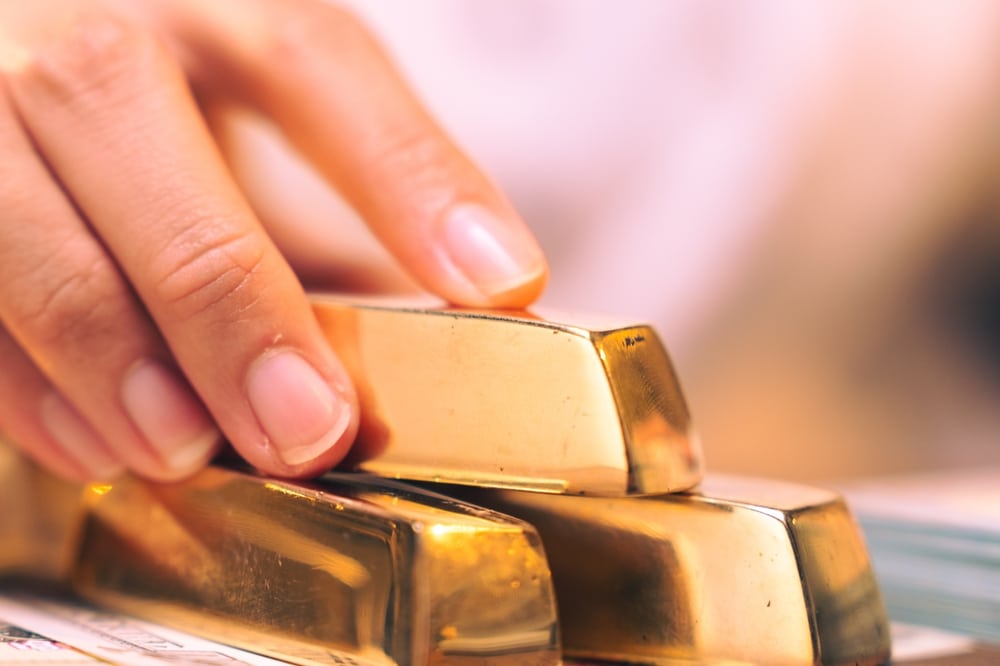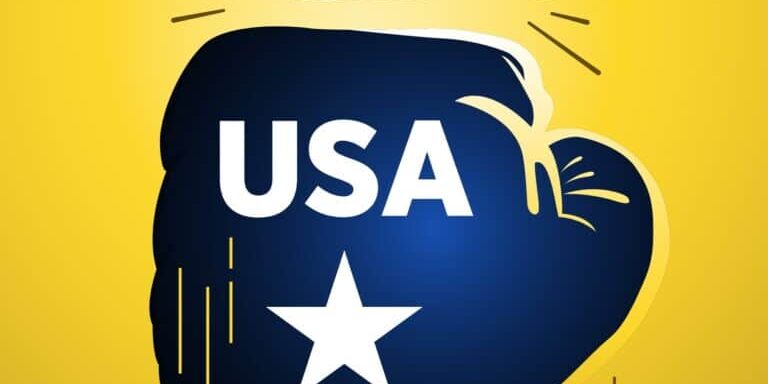
1,300 Tonnes of Gold, and a Funeral for the Dollar: What Wall Street Knows That Washington Won’t Admit
Wall Street didn’t buy over 1,300 tonnes of gold because they believe in a stable future. They bought it because they see the writing on the wall: the U.S. dollar’s reign as the world’s reserve currency is circling the drain, and no amount of patriotic bluster or Federal Reserve jawboning is going to reverse that.
Let me be blunt: this is a silent panic among the elites. The same firms that cheered the petrodollar system for decades are now quietly divesting from it. And while the public is distracted with artificial debates and election noise, the real financial reshuffle is already underway—and it’s not happening in D.C. boardrooms, it’s happening in gold vaults in Zurich, Singapore, and underground facilities in Nevada.
Why 1,300 Tonnes of Gold Isn’t Just a Trade—It’s an Escape Plan
Gold doesn’t yield interest. It doesn’t cash flow. And yet, it’s now trading over $4,000 per ounce, and major institutions are hoarding it like it’s 1931 and the banks are about to close their doors. That’s because this isn’t about return—it’s about refuge. It’s about counterparty risk in a world where the U.S. has weaponized its own currency.
The 2022 sanctions on Russia’s reserves shocked the global financial system. Countries like India, Brazil, and China saw clearly what happens when you rely on the dollar—you don’t actually own your money. It can be frozen at the stroke of a bureaucrat’s pen.
So they pivoted—to gold, to bilateral trade, to blockchain rails.
And Wall Street, always a few steps ahead of the public narrative, followed suit.
The Real Cost of Losing Reserve Status
For eighty years, the United States has exported dollars in exchange for real goods—energy, labor, and production. That was the "exorbitant privilege" of reserve currency status. Lose that, and our ability to run trillion-dollar deficits vanishes overnight.
Already, the cracks are showing:
- The dollar’s share of global reserves has fallen from 70% to 58% over two decades.
- Foreign holdings of U.S. Treasuries are collapsing, especially from BRICS-aligned nations.
- Half of all BRICS trade is now done in non-dollar currencies, and we’re still only in the early innings.
Do you think Washington will tighten its belt and live within its means when that dollar demand collapses? Of course not. They’ll print. They’ll inflate. And you’ll pay the price through higher prices, declining purchasing power, and—eventually—banking instability.
The BRICS Currency Isn’t Just Coming—It’s Already Here in Practice
The idea that we’re waiting until 2026 for a BRICS currency is misleading. The infrastructure is already in place: local currency settlements, commodity exchanges priced in yuan, blockchain-based transfer systems, and a sovereign gold stockpile larger than any seen in a century.
The BRICS goal is not simply to create a rival to the dollar. It’s to build an entirely separate global financial architecture—one that can’t be surveilled, frozen, or manipulated by Washington or the Fed.
Let’s be clear: the minute the BRICS currency becomes a credible store of value for energy or commodities, the petrodollar system implodes. That means less global demand for dollars, which means less purchasing power for Americans, which means a lower standard of living—permanently.
This Isn’t a Drill. This Is a Transition.
This Wall Street gold rush is the final warning shot before the storm. While the media downplays it, and politicians stick to tired slogans about American exceptionalism, the smart money is exiting the dollar quietly—and repositioning for a new financial world that doesn’t revolve around Washington.
Gold. Bitcoin. Decentralization. Private vaulting. These aren’t fads—they’re exit strategies.
How You Can Prepare (While You Still Can)
Let me level with you. If you’re sitting on savings in a U.S. bank account thinking you’re safe, you’re playing Russian roulette with five bullets loaded. When (not if) the next systemic shock hits, the FDIC won’t save you. Your dollars will buy less and your bank might be next in line for a bail-in.
Start protecting yourself now:
✅ Download Bill Brocius’ free guide: 7 Steps to Protect Your Account from Bank Failure
✅ Get a copy of his eye-opening book, End of Banking As You Know It
✅ Subscribe to Bill’s Inner Circle newsletter for just $19.95/month and receive actionable intelligence from one of the few financial minds who saw this coming years ago.
Your wealth, your sovereignty, and your future don’t have to be collateral damage in this collapsing empire. But you have to act—before the system closes the gates.




